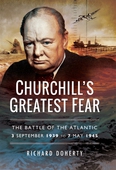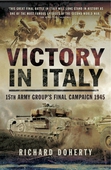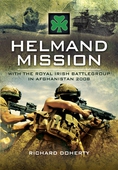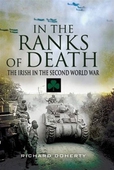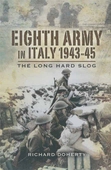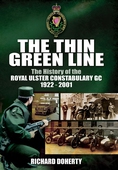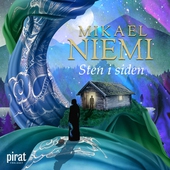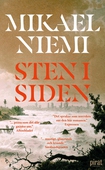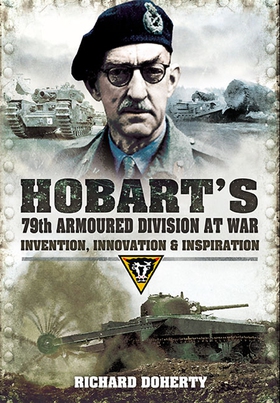
Lägg till önskelistan
Hobart’s 79th Armoured Division at War e-bok
Pris
115 kr
Hobart’s reputation as an armored warfare specialist began in the pre-war era. In 1923 he transferred from the Royal Engineers to the Royal Tank Corps and quickly established himself as one of the foremost thinkers on armored warfare. By 1938 he was GOC Mobile Division, later 7th Armored Division, in Egypt. Unable to suffer fools at all, he was relieved of his command (sacked!) in 1939, retired in 1940 and became a corporal in the Home Guard.
At Winston Churchill’s inspired be...
E-Bok
115 kr
Pris
Förlag
Pen and Sword
Utgiven
23 Februari 2021
Längd
256 sidor
Genrer
Historia & Arkeologi, Biografier & Memoarer, Fackböcker
Språk
English
Format
epub
Kopieringsskydd
Vattenmärkt
ISBN
9781844686223
Hobart’s reputation as an armored warfare specialist began in the pre-war era. In 1923 he transferred from the Royal Engineers to the Royal Tank Corps and quickly established himself as one of the foremost thinkers on armored warfare. By 1938 he was GOC Mobile Division, later 7th Armored Division, in Egypt. Unable to suffer fools at all, he was relieved of his command (sacked!) in 1939, retired in 1940 and became a corporal in the Home Guard.
At Winston Churchill’s inspired behest, he was ordered to create and command 11th Armored Division. Although he trained the new division to a very high standard, he was seen as too old to lead it in action – he was 57. Instead he was told to form 79th Armored Division and design specialized armored vehicles necessary to breach the Atlantic Wall. The Division played a major part in the D-Day landings and the subsequent campaign in NW Europe. Hobart’s ‘Funnies’ included mine-clearing tanks, bridge-carrying tanks, flame throwers, swimming tanks and amphibious assault vehicles.
Brigades and units of the Division were deployed wherever they were needed by Second (British) and First (Canadian) Armies and no major operation between Normandy and the final victory took place without them present.
Percy Hobart’s skills played a significant part in the final Allied victory and the lasting tribute to that vision was the adoption by all armies of the specialized ‘funnies’ that his Division introduced to modern warfare.
This book is based on official records, published materials and personal recollections.

